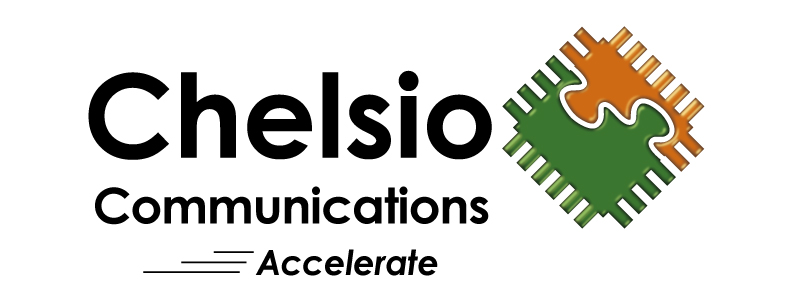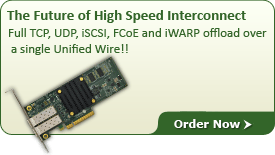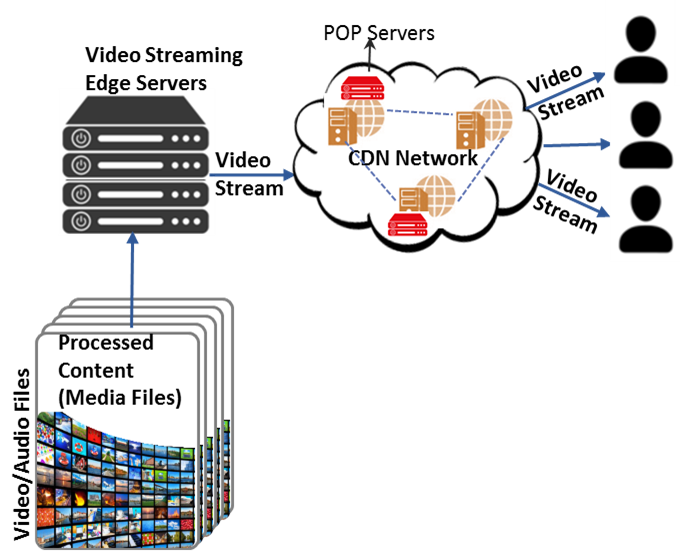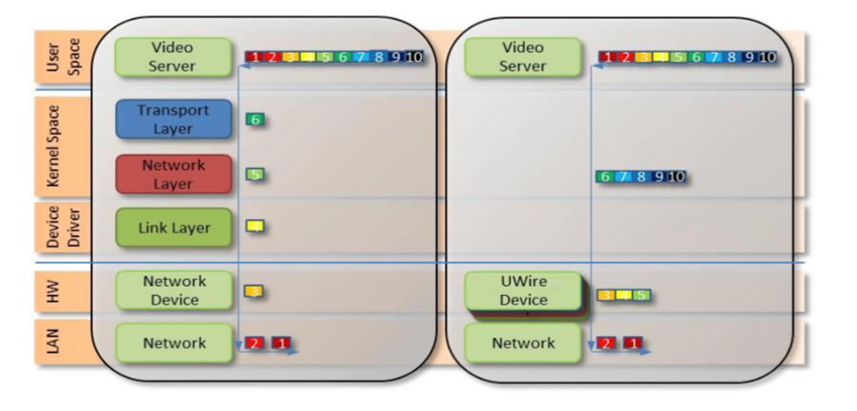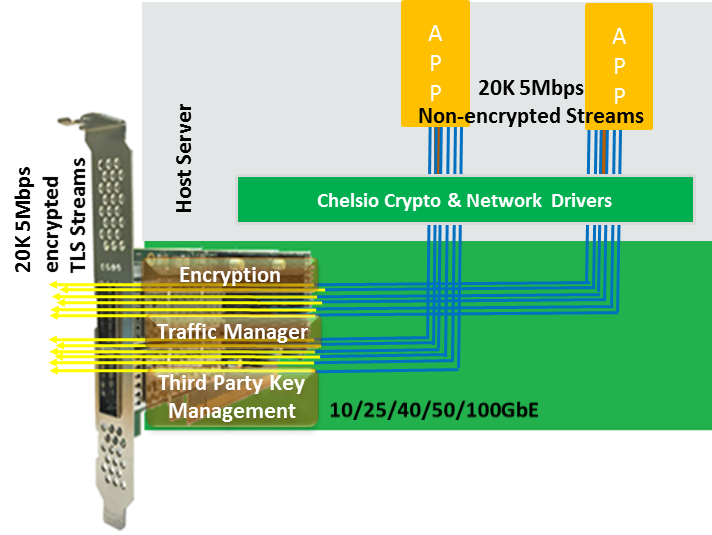Content delivery networks (CDNs) are globally distributed network of Point of Presence (POP) or proxy servers deployed in multiple datacenters. The goal of these large, broad-distribution of CDNs is to serve content, including on-demand/live streaming media, web servers providing downloadable media files to end-users over HTTP with high availability and high performance. CDNs, along with the demand for digital video are growing rapidly. As expected, video will be the largest contributor to commercial CDN revenue growth, accounting for 81% of total revenue in coming years. It is also expected to claim up to 80% of the network traffic in the next five years. The industry growing infrastructure of CDNs demands a highly predictable, redundant, and a scalable networking solution for best user experience. One of the main reasons that users discontinue watching a stream is because of unpredictable performance caused by media buffering.
Chelsio’s StreamEngine technology, a combination of hardware, firmware and software components, offloads the CPU intensive tasks from the server to the Chelsio Unified Wire Adapter, freeing up CPU cycles. This allows the server to be equipped with less expensive and lower power CPUs, significantly increases the capacity of the content delivery server and improves service quality. Chelsio’s 1/10/25/40/50/100Gb Ethernet Unified Wire Adapters support following CDN capabilities:
Tailored for UDP content, UDP Segmentation Offload (USO) technology moves the processing required to packetize UDP data and rate control its transmission from software running on the host to the Chelsio network adapter. USO increases performance and dramatically reduces CPU overhead, allowing significantly higher capacity using the same server hardware. Without USO support, UDP server software running on the host needs to packetize payload into frames, process each frame individually through the network stack and schedule individual frame transmission, resulting in millions of system calls, and packet traversals through all protocol layers in the operating system to the network device. In contrast, USO implements the network protocol stack in the adapter, and the host server software simply hands off unprocessed UDP payload in large I/O buffers to the adapter. The following figure compares the traditional datapath on the left to the USO datapath on the right, showing how per-frame processing is eliminated. In this example, the video server pushes 5 frames at a time. In an actual implementation, a video server pushes 50 frames or more in each I/O, drastically lowering the CPU cycles required to deliver the content. Pacing is beneficial for several reasons. For example, in case of Content Delivery Networks (CDNs)/Video On Demand (VOD) providers, the feature avoids receive buffer overflows, smoothens out network traffic, enforces Service Level Agreements (SLAs) and allows the same server hardware to dramatically increase capacity.
Traffic Management capabilities of Chelsio adapters can shape both transmit and receive traffic using sophisticated queueing and scheduling algorithms built-in to the hardware providing fine-grained software control over latency and bandwidth parameters such as packet rate and byte rate. Please visit www.chelsio.com/traffic-management-and-qos-solution/ to know more about Chelsio HW Based Traffic Management and QoS Solution. Chelsio Inline TLS/SSL/IPsec Cryptographic Acceleration for CDN TrafficChelsio Inline Crypto solution supports TCP/IP processing and TLS/SSL AES/SHA processing in cut-through fashion to achieve optimal bandwidth and latency. Chelsio T6 series of adapters offload the TLS PDU crypto, while handshake is still performed by the host.
In this example, if a CDN server delivers 20K 5Mbps streams of content e.g. video, movie, IPTV using a single T6 that offloads 20K TLS/SSL connections and each of these connections is traffic managed by the integrated T6 traffic manager to proceed at 5Mbps rate with low jitter. The T6 traffic manager is capable of supporting multiple traffic classes concurrently up to 16 groups e.g. there can be a 25Mbps group in addition to the 5Mbps group, etc. Please visit www.chelsio.com/crypto-solution/ to know more about Chelsio Cryptographic Offload and Acceleration Solution. Chelsio is a leading provider of 1/10/25/40/50/100Gb Ethernet Unified Wire adapters, built upon a high bandwidth and low latency architecture along with a complete set of established Networked Block, File Storage and cluster protocols operating over Ethernet (iSCSI, iSER, SMB 3.X, iWARP, NVMe-oF, FCoE, NFS, NFSoRDMA). A unified wire means having the ability to utilize all offload or non-offload protocols at the same time, over the same link, using the exact same firmware, host software and adapter. Chelsio Ethernet-only networking thus reduces the infrastructure costs in network adapters, cables, switches, rack space, power, equipment spares, management tools, planning, networking staff and installation. |
Resources
